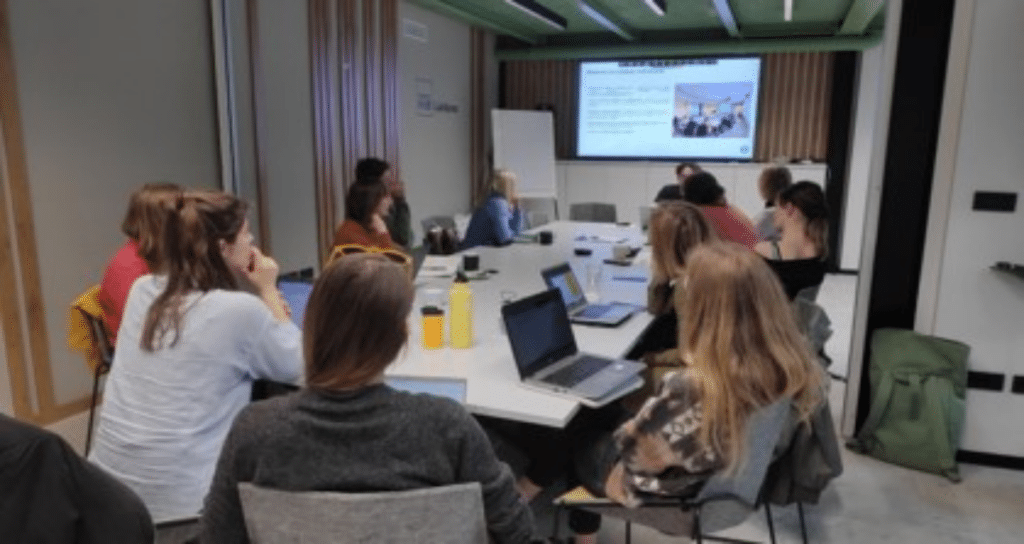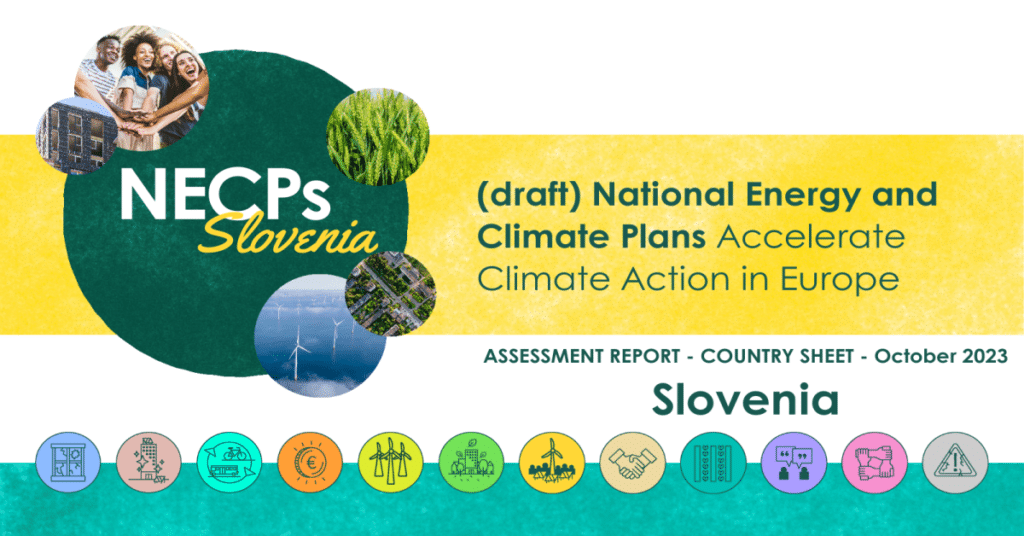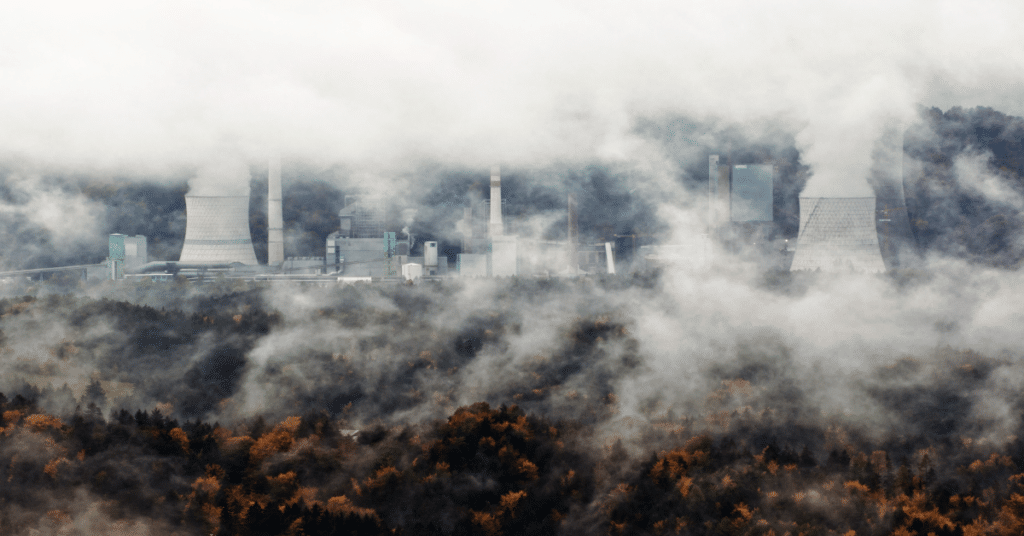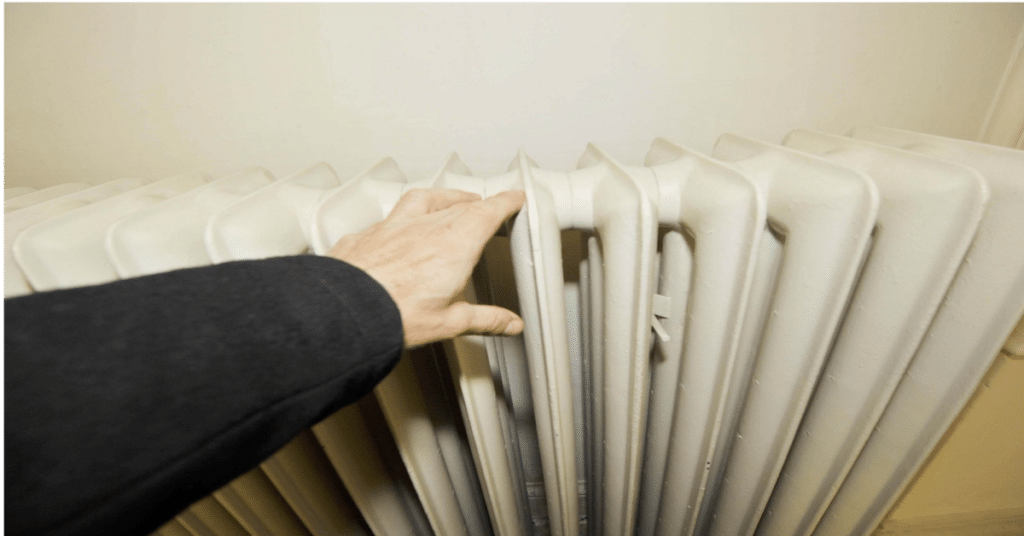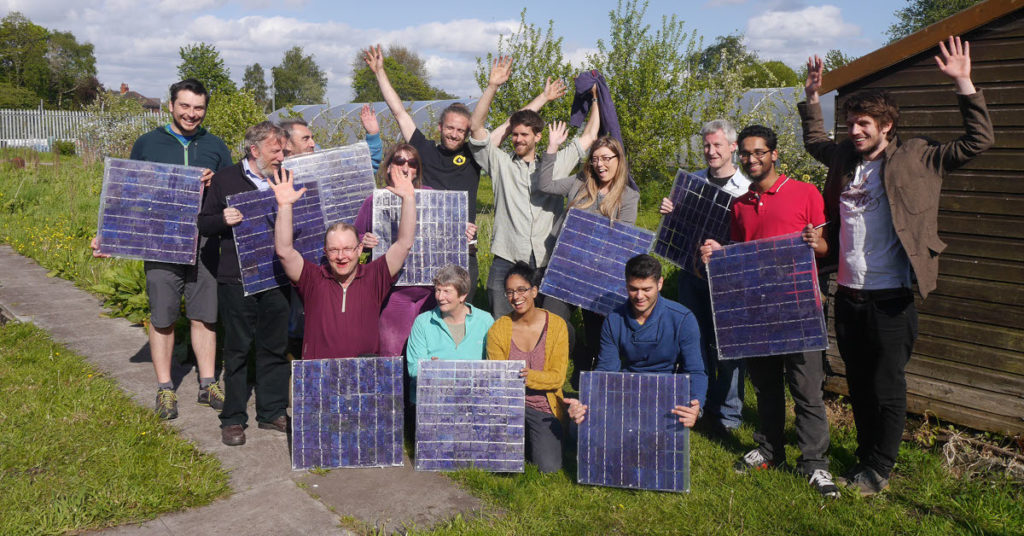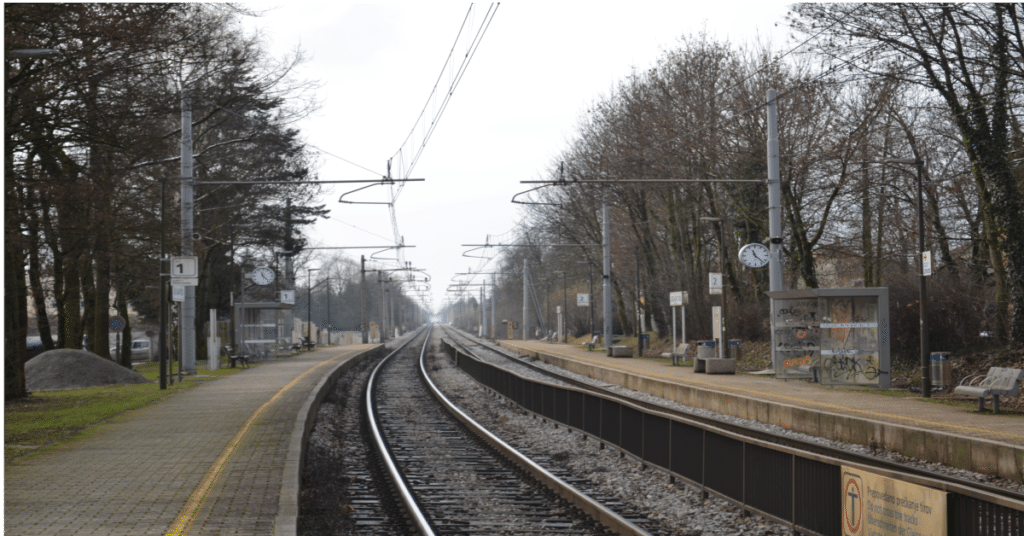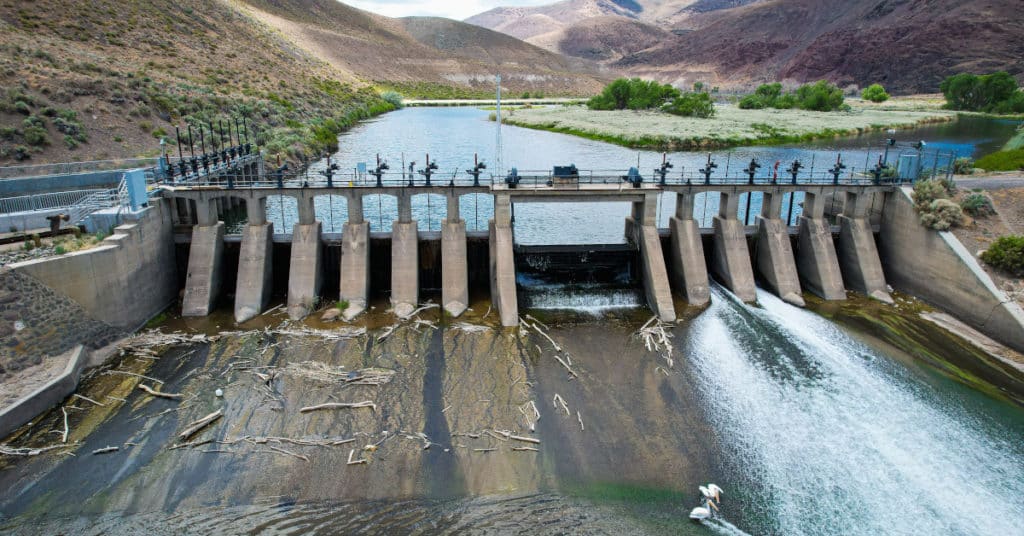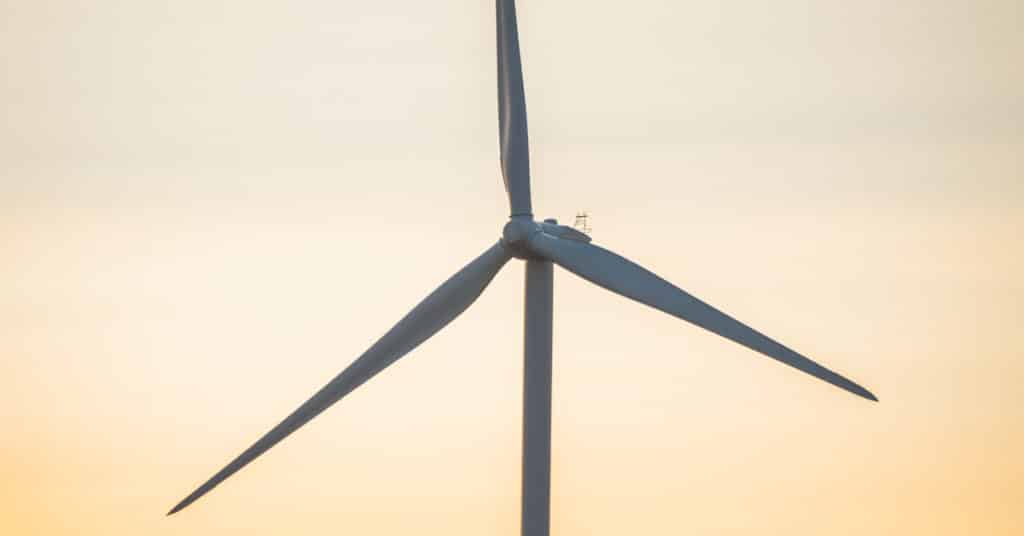Slovenian NECP
The latest Slovenian NECP draft (August 2024) shows some improvement over the 2023 draft version but still falls short of Paris Agreement commitments. A key issue is the weak renewable energy target, falling over 10% below the EU Commission’s recommendation. GHG emission reduction targets remain unchanged from the 2023 version, while final and primary energy reduction targets have improved but still fall short of Paris Agreement requirements. Another major issue is the substantial weakening of fossil fuel subsidy phase-out measures and targets compared to the 2023 draft and the currently valid 2019 NECP.
Click HERE to download the Slovenian draft NECP country assessment
Slovenia – climate action progress in figures
Check Slovenia’s implementation of its National Energy and Climate Plan
Slovenia’s draft NECP update falls short of aligning with a 1.5°C target, lacking concrete measures or policies. Moreover, as of 2022, Slovenia was not fully on track to implement its old 2019 NECP, whose ambition is now obsolete. While both gross and net emissions were on a declining trend, emissions from the LULUCF sector raise concerns: values have worsened every year since 2019. Slovenia is also off the decarbonisation trajectory projected in the 2019 NECP for non-ETS sectors, with 2022 values surpassing pre-pandemic levels (11.1 MtCO2-eq compared to 10.8 in 2019).
The available data indicates that the transport sector is an important component of this surge in emissions. As of 2022, Slovenia was on track to implement the 2030 objectives set for energy efficiency in the old 2019 NECP tracker (nonetheless, increased efforts will be needed to achieve the new 2030 targets). On the other hand, Slovenia is slightly below expectations of the 2019 NECP when it comes to the share of renewables in final energy consumption.
Check here our latest briefing from October 2024
“Mind the NECP Gap”
Slovenian NECP
Slovenia’s draft National Energy and Climate Plan does not live up to expectations. A fit for purpose NECP should put people before profit, increase the deployment of renewable energy and reduce emissions.

